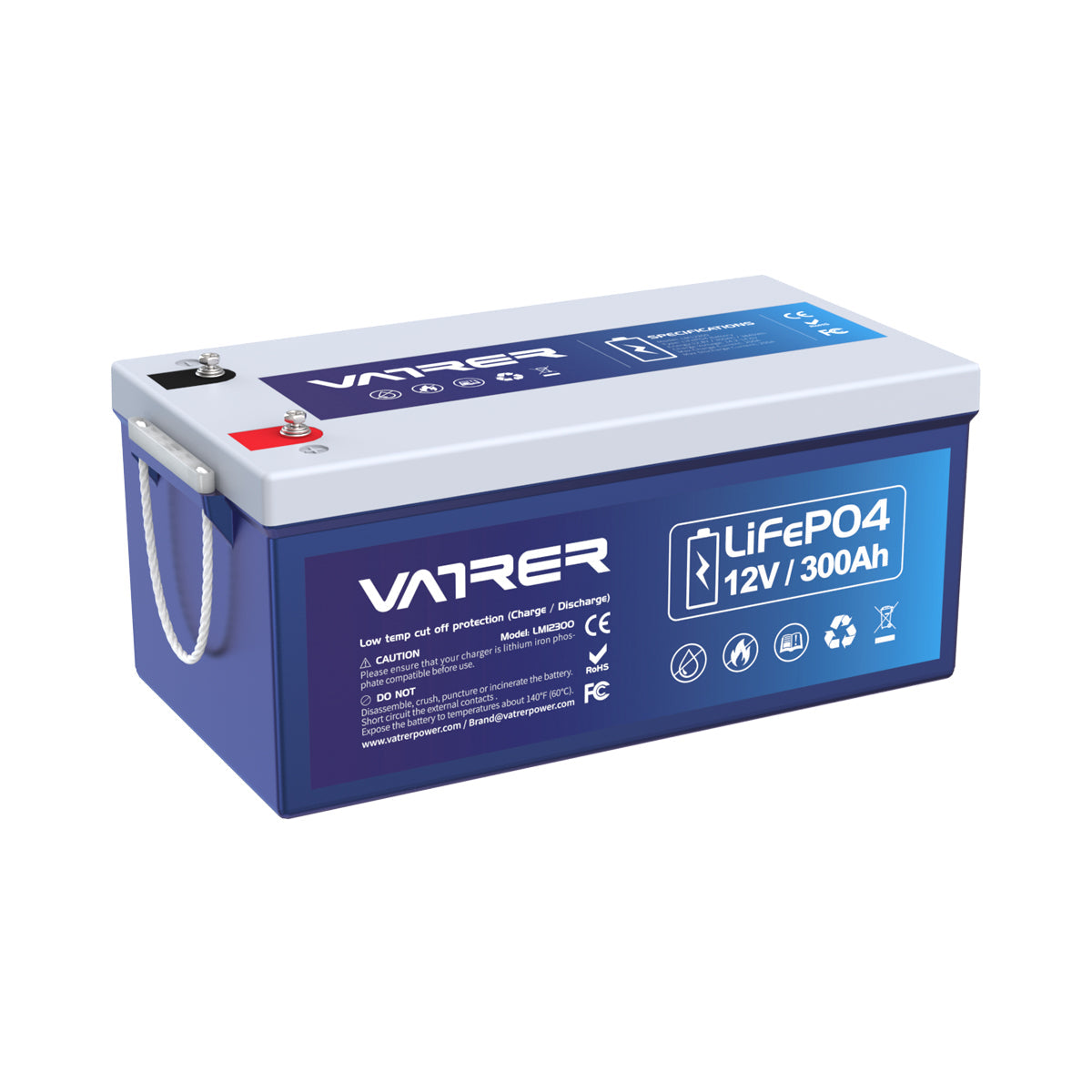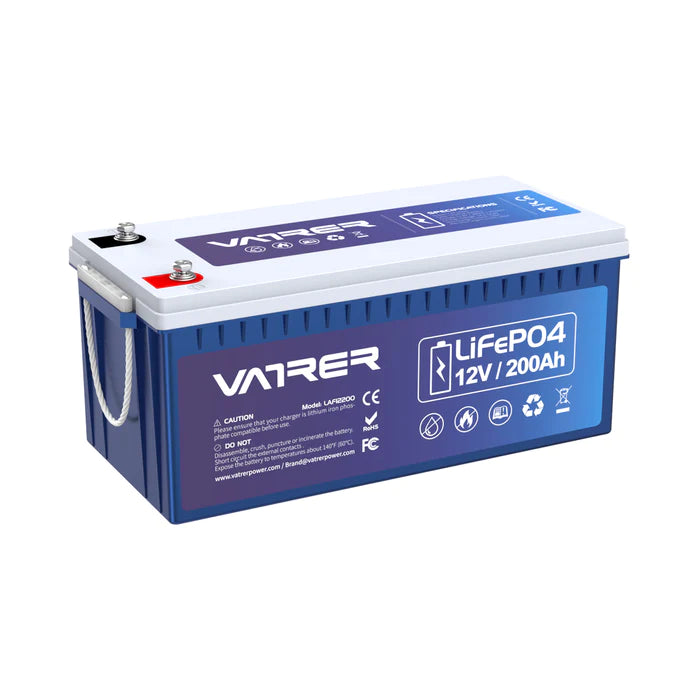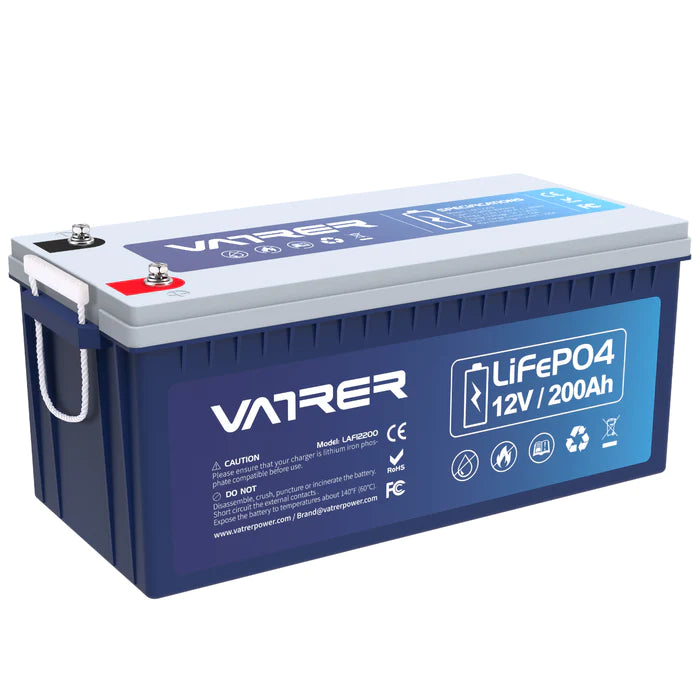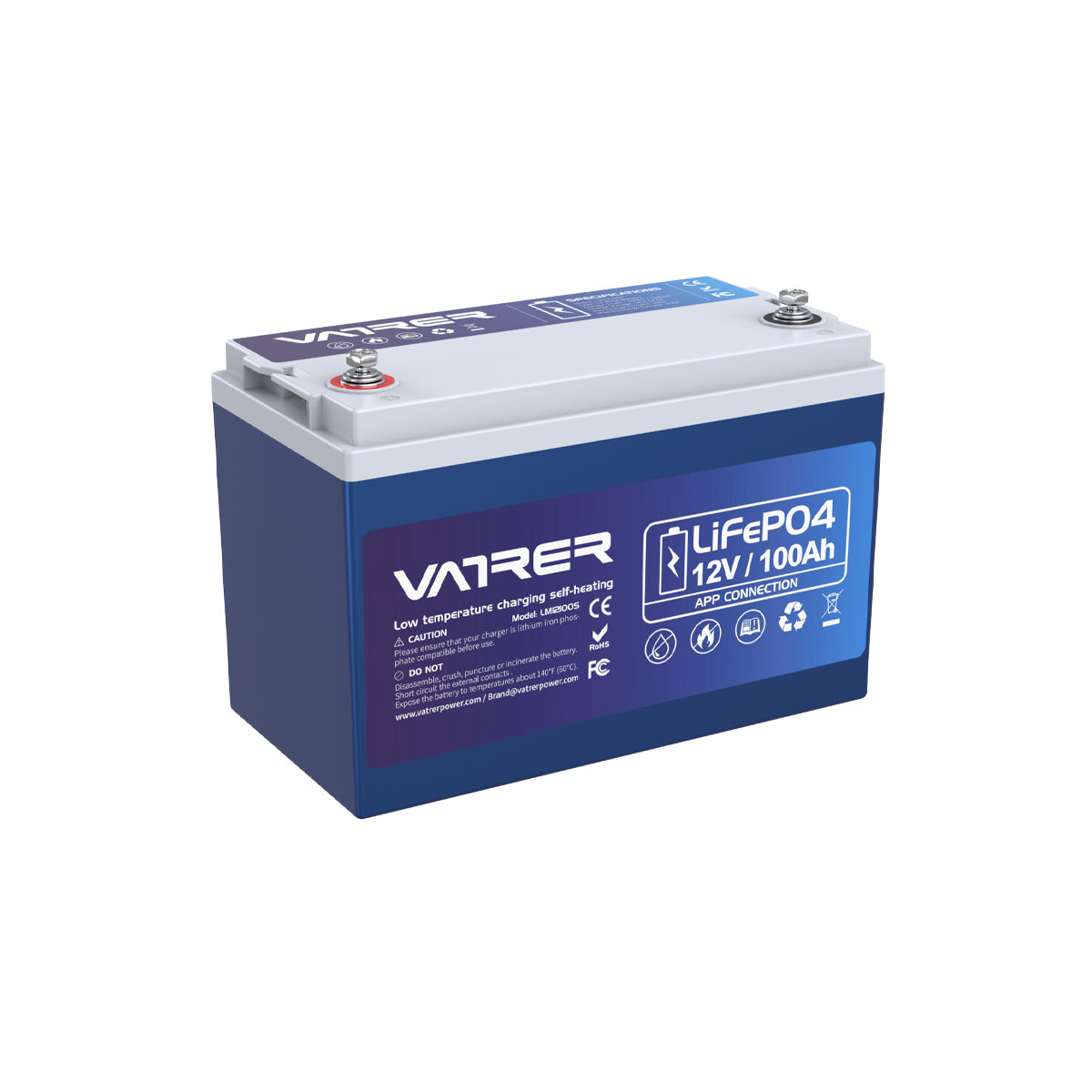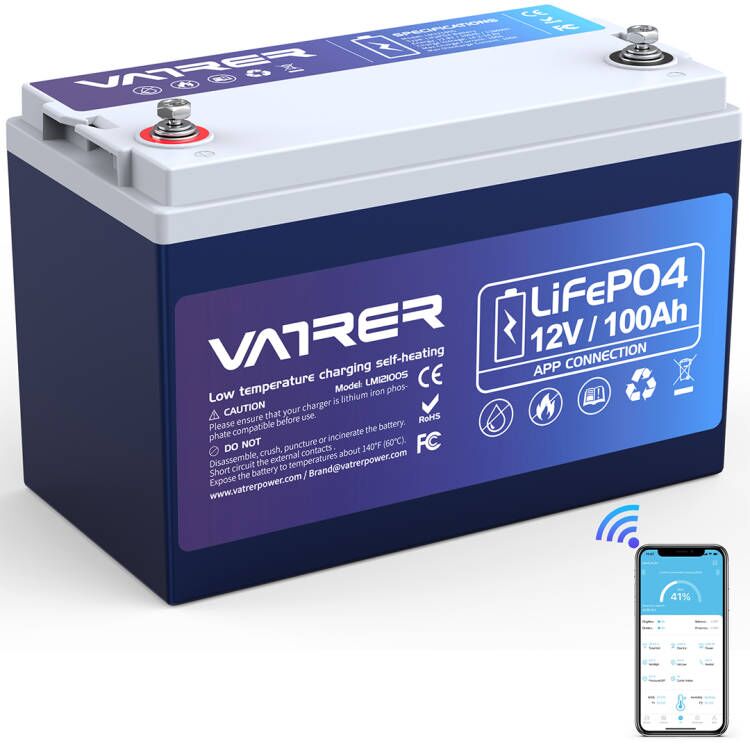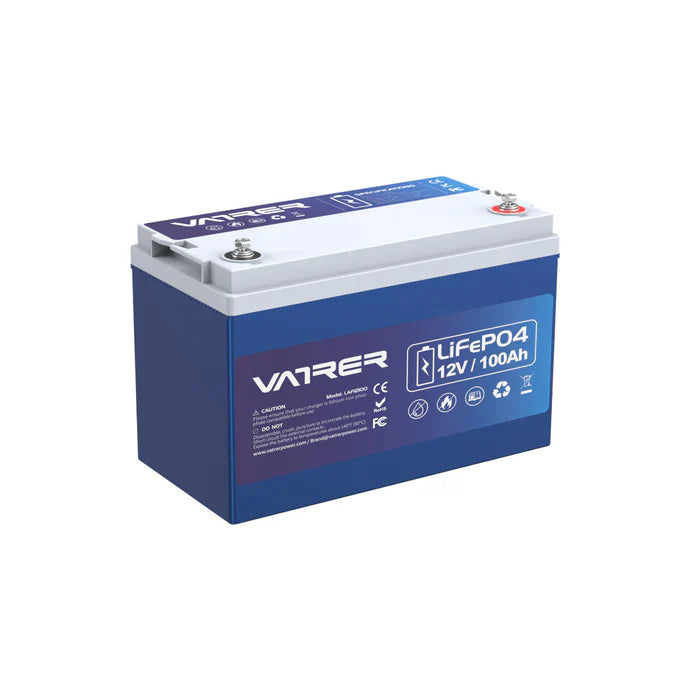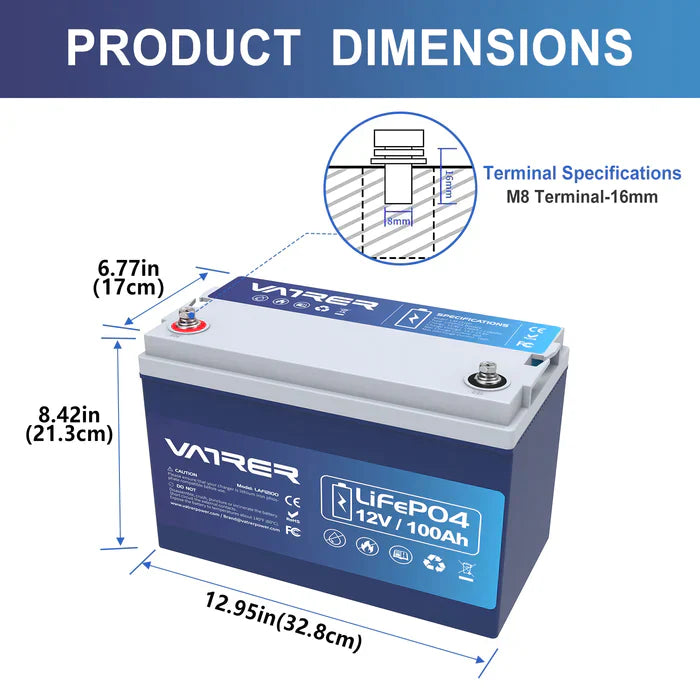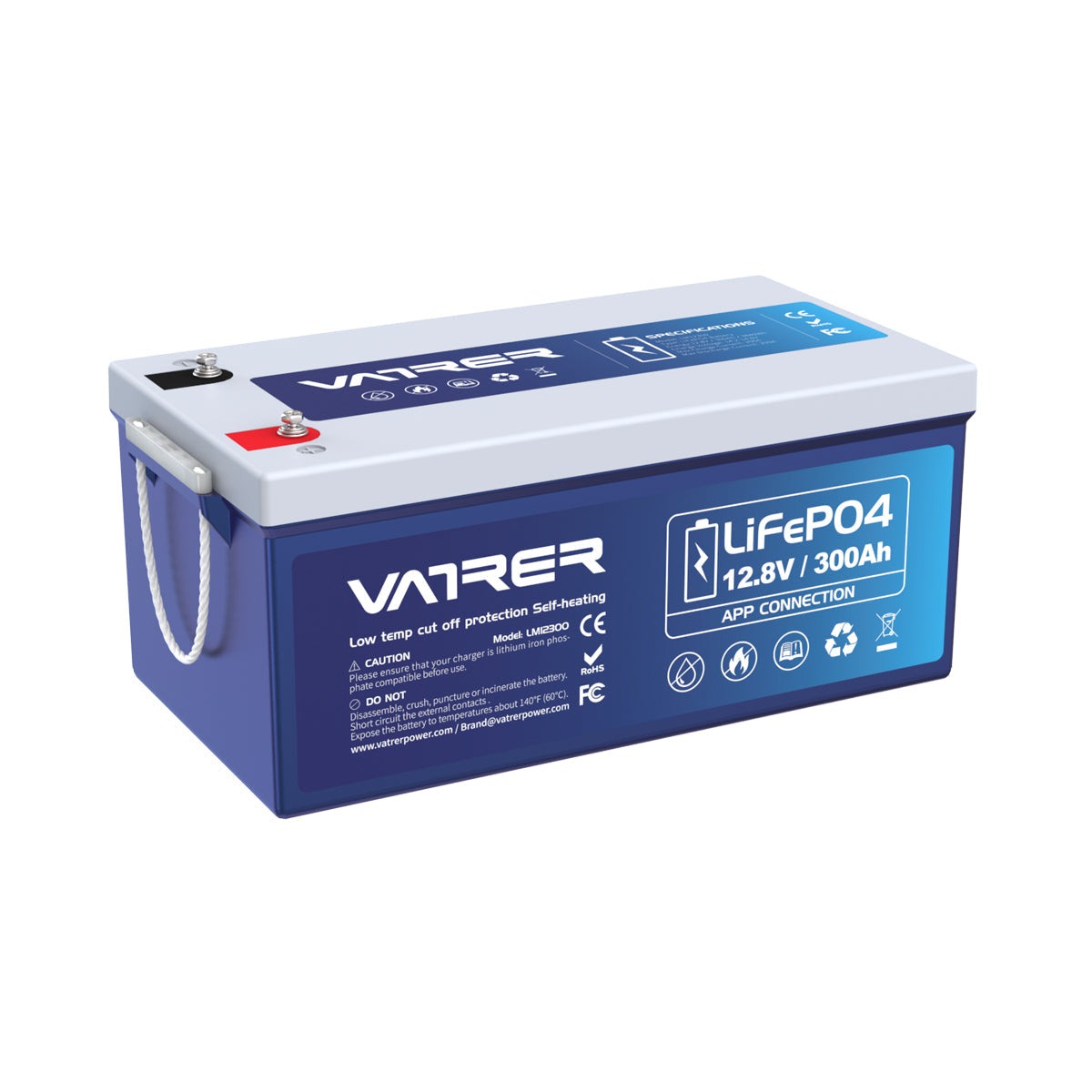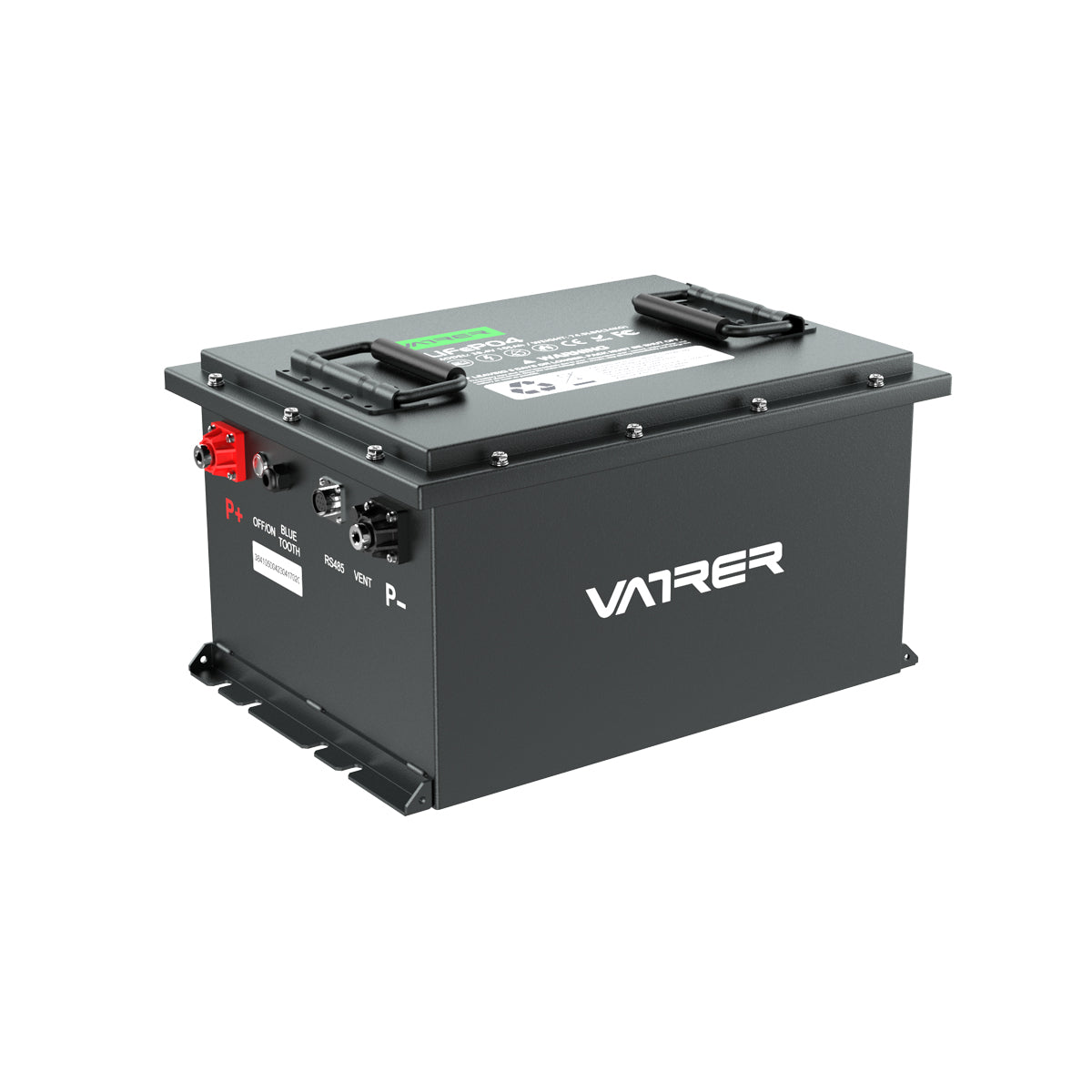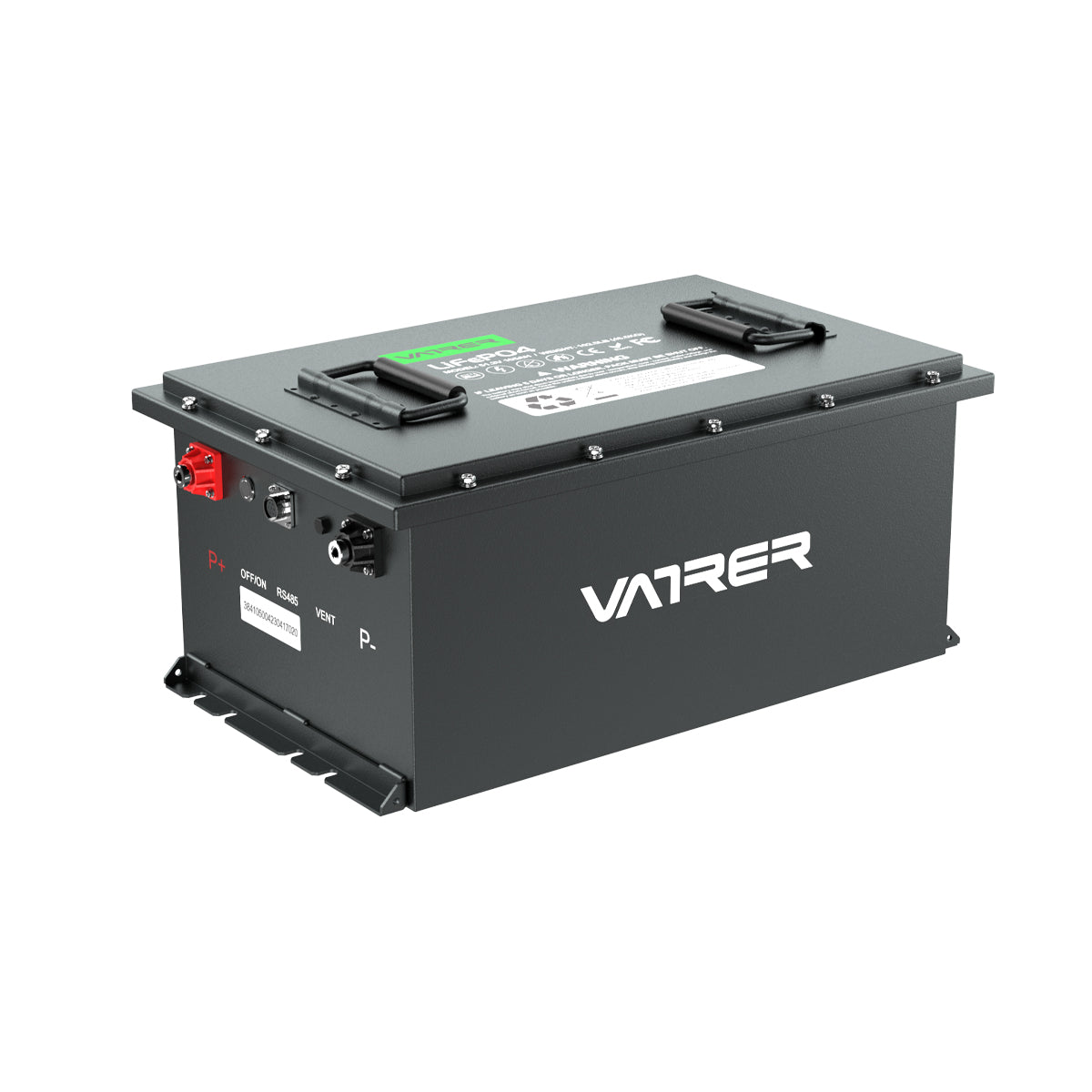1. Introduction
Selecting the right battery for powering accessories on a boat is crucial for ensuring reliable performance and safety. Boat accessories, such as navigation systems, lighting, fish finders, and entertainment systems, require a stable and adequate power supply. The choice of battery impacts not only the efficiency and longevity of these accessories but also the overall boating experience. This report provides a comprehensive analysis of the different types of batteries available, factors to consider when selecting a battery, and recommendations for optimal battery use.

2. Types of Batteries
Lead-acid Batteries
Lead-acid batteries are the most traditional type of battery used in marine applications. They are known for their reliability and cost-effectiveness. These batteries consist of lead plates submerged in sulfuric acid, which facilitates the chemical reaction necessary to produce electricity.
AGM (Absorbent Glass Mat) Batteries
AGM batteries are a type of lead-acid battery that uses a fiberglass mat to absorb the electrolyte. This design makes them spill-proof and more resistant to vibration, making them suitable for marine environments. AGM batteries offer a longer lifespan and faster charging times compared to traditional lead-acid batteries.
Gel Batteries
Gel batteries are another variation of lead-acid batteries, where the electrolyte is in a gel form. This design reduces the risk of leakage and allows the battery to operate in various positions. Gel batteries are known for their deep discharge capabilities and are often used in applications where long-term storage is required.
Lithium-ion Batteries
Lithium-ion batteries are becoming increasingly popular in marine applications due to their high energy density, lightweight, and long lifespan. They offer superior performance in terms of charge cycles and efficiency. However, they are more expensive than lead-acid batteries and require specific charging systems.
3. Factors to Consider
Power Requirements of Accessories
Understanding the power requirements of your boat's accessories is essential. Each accessory has a specific voltage and current requirement, which determines the total power needed. Calculating the total power demand helps in selecting a battery with adequate capacity.
Battery Capacity and Lifespan
Battery capacity, measured in amp-hours (Ah), indicates how long a battery can supply power before needing a recharge. A higher capacity battery can power accessories for a longer duration. Additionally, the lifespan of a battery, often measured in charge cycles, is a critical factor in determining long-term cost-effectiveness.
Environmental Conditions
Marine environments can be harsh, with exposure to saltwater, humidity, and temperature fluctuations. Selecting a battery that can withstand these conditions is crucial for ensuring reliability and safety.
Weight and Space Constraints
Boats have limited space and weight capacity. Choosing a battery that fits within these constraints without compromising performance is important. Lithium-ion batteries, for example, offer a high energy-to-weight ratio, making them ideal for space-constrained applications.
4. Comparison of Battery Types
Advantages and Disadvantages
-
Lead-acid Batteries: Affordable and widely available but heavy and require regular maintenance.
-
AGM Batteries: Spill-proof and maintenance-free but more expensive than traditional lead-acid batteries.
-
Gel Batteries: Good for deep discharge applications but have a lower charge acceptance rate.
-
Lithium-ion Batteries: Lightweight and long-lasting but costly and require specific charging systems.
To provide a concise comparison of battery types, here's a table summarizing key characteristics of various battery technologies:
|
Battery Type |
Energy Density (Wh/kg) |
Life Cycle (Cycles) |
Toxicity |
Key Applications |
|---|---|---|---|---|
|
Li-Ion |
126 - 190 |
500 - 1,000 |
Low |
Phones, laptops, electric vehicles |
|
Ni-Cd |
45 - 80 |
1,000 |
High |
Power tools, medical devices, aviation |
|
Ni-MH |
100 |
300 - 500 |
Low |
Hybrid cars, consumer electronics |
|
Li-ion Polymer |
185 |
300 - 500 |
Low |
Portable electronics, drones |
|
Lead Acid |
30 - 50 |
200 - 300 |
High |
Automotive, backup power systems |
|
Lithium-Sulfur |
55 |
50 - 100 |
Non-Toxic |
Emerging technology, potential for EVs |
This table highlights the energy density, life cycle, toxicity, and typical applications for each battery type, providing a quick reference for understanding their differences and uses.
Cost Analysis
While lead-acid batteries are the most cost-effective upfront, their maintenance and shorter lifespan can lead to higher long-term costs. AGM and gel batteries offer a middle ground, with moderate initial costs and maintenance requirements. Lithium-ion batteries, despite their high initial cost, provide the best long-term value due to their longevity and efficiency.
Maintenance Requirements
Lead-acid batteries require regular maintenance, including checking electrolyte levels and cleaning terminals. AGM and gel batteries are maintenance-free, while lithium-ion batteries require minimal maintenance but need careful monitoring of charging systems.
5. Recommendations
Best Battery Types for Specific Scenarios
-
For budget-conscious boaters: Lead-acid batteries are suitable for those who prioritize cost over maintenance.
-
For frequent boaters: AGM batteries offer a good balance of performance and maintenance-free operation.
-
For long-term storage or deep discharge needs: Gel batteries are ideal.
-
For high-performance and space-limited applications: Lithium-ion batteries are recommended.
Tips for Battery Maintenance and Safety
-
Regularly inspect and clean battery terminals to prevent corrosion.
-
Ensure batteries are securely mounted to prevent movement and damage.
-
Use appropriate chargers to avoid overcharging and extend battery life.
-
Store batteries in a cool, dry place when not in use to prevent degradation.
6. Conclusion
In summary, selecting the right battery for boat accessories involves considering the power requirements, environmental conditions, and budget constraints. Each battery type offers distinct advantages and disadvantages, making it essential to match the battery to the specific needs of the boat and its accessories. For most applications, AGM batteries provide a good balance of performance and cost. However, for those seeking the best long-term investment, lithium-ion batteries are the superior choice. Proper maintenance and safety practices are crucial for maximizing battery lifespan and ensuring reliable performance on the water.












